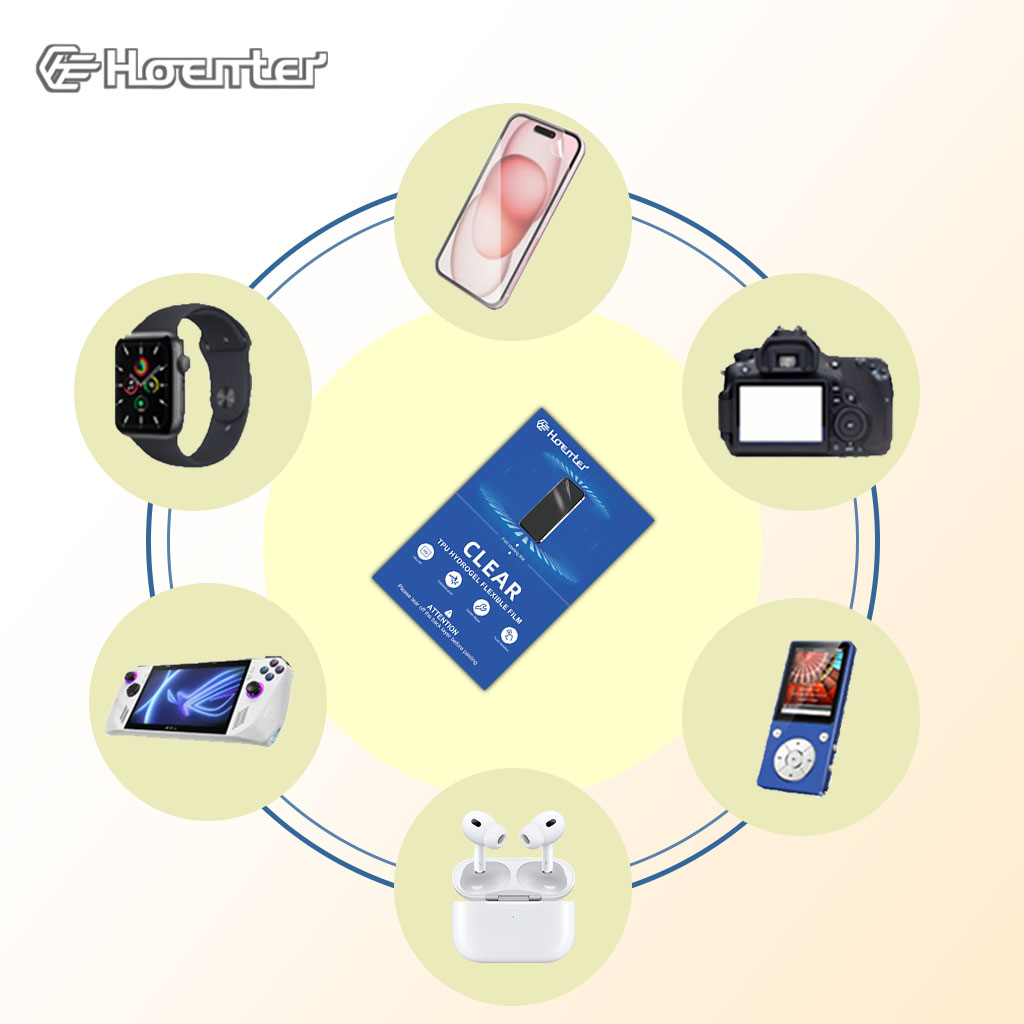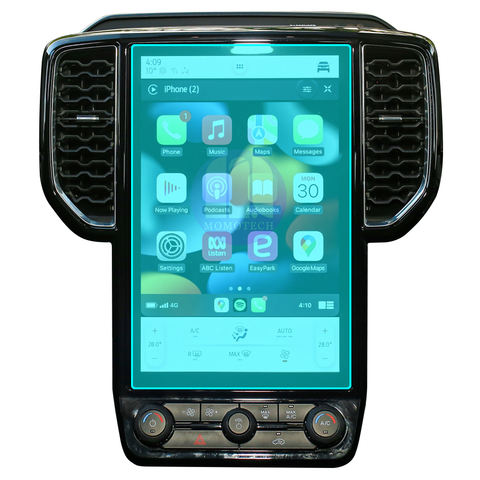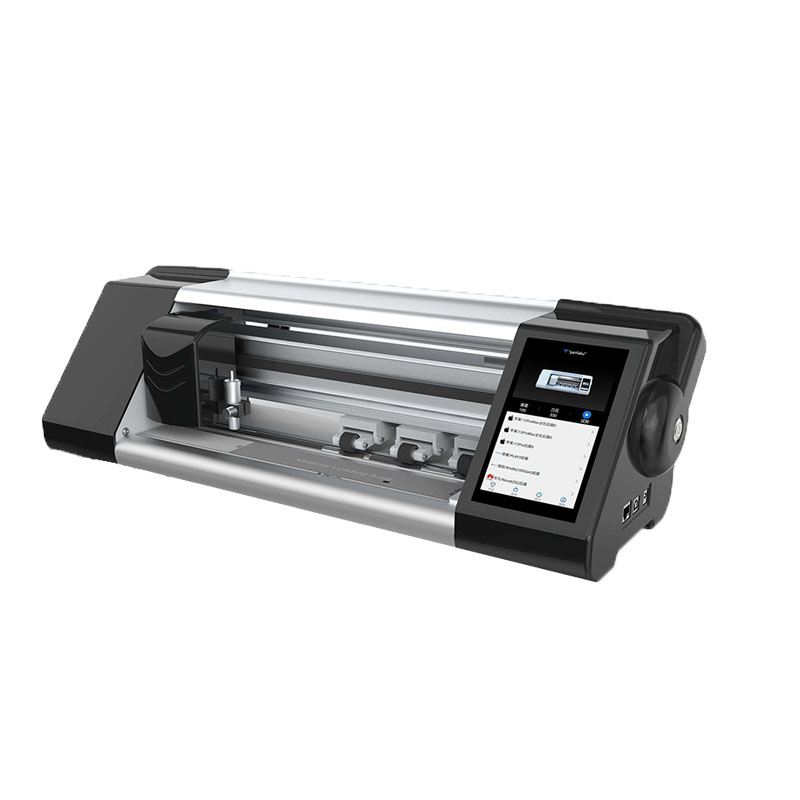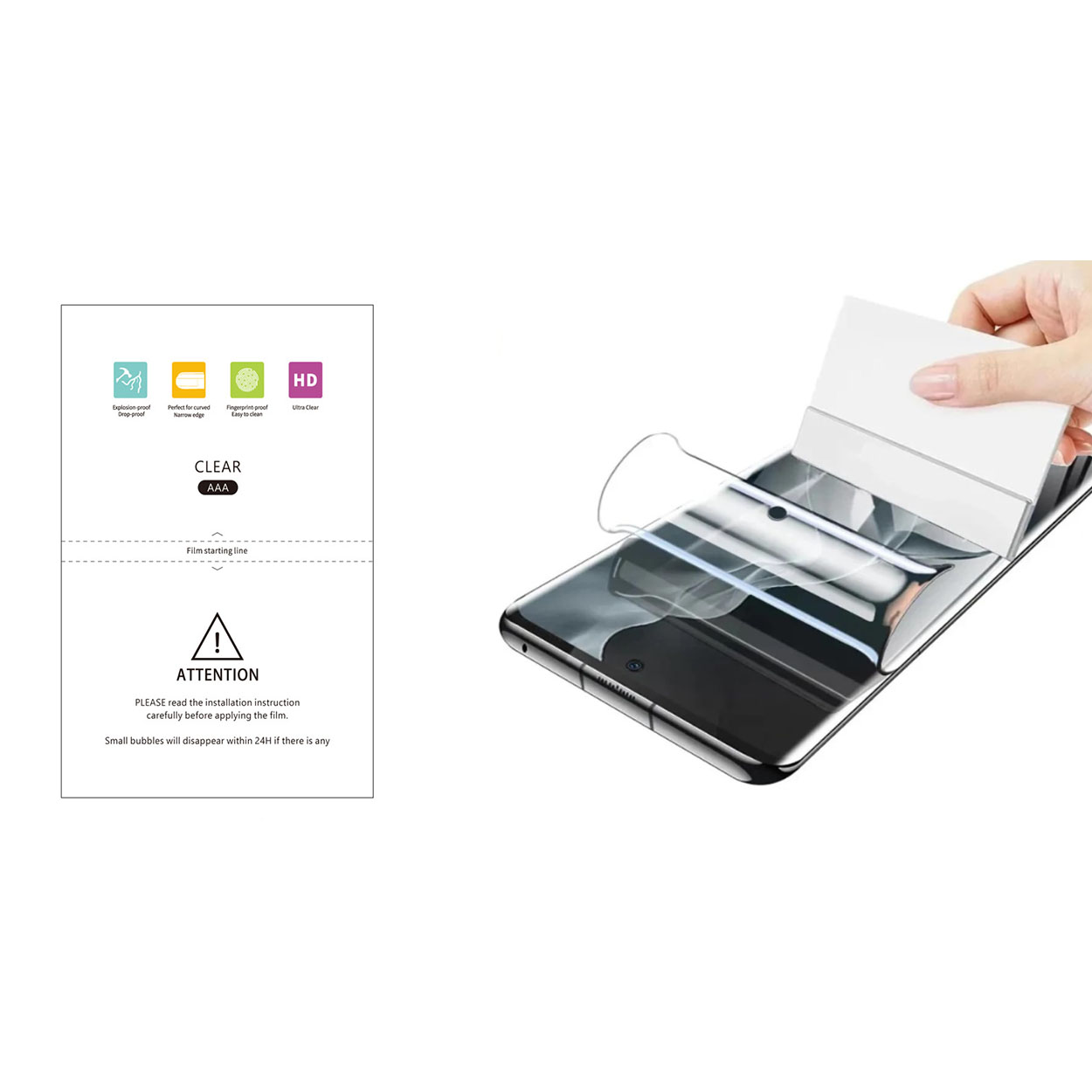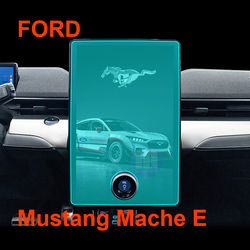
Advantages of Using Hydrogel Film for Mobile Phone Protection
Table of Contents
Extract
Summary
Composed of a cross-linked polymer network capable of absorbing and retaining water, hydrogel film can conform closely to the contours of phone screens, providing a seamless protective barrier. This adaptability makes it particularly advantageous for devices with curved screens or rounded edges, an area where traditional tempered glass protectors often fall short
One of the primary benefits of hydrogel film is its superior impact absorption. The material’s flexibility allows it to cushion and dampen impacts, reducing the likelihood of screen damage from drops and bumps . Additionally, hydrogel films are renowned for their self-healing capabilities, which enable the film to repair minor scratches within approximately 48 hours, maintaining a clear and smooth surface over time . This self-repair mechanism not only extends the lifespan of the protector but also helps keep the screen visually pristine. Hydrogel films also stand out in terms of user experience. Their flexible nature ensures excellent touch sensitivity, allowing for smooth and natural interaction with the device without the stuttering often associated with glass protectors . The installation process, though slightly more intricate due to its wet application method, is forgiving and allows for adjustments to achieve a perfect fit . However, these benefits come at a higher price point and demand greater patience during installation . While hydrogel films offer many advantages, they do have some limitations when compared to tempered glass protectors. Tempered glass, known for its exceptional hardness and scratch resistance, typically offers superior protection against severe impacts and sharp objects . Nonetheless, the unique properties of hydrogel, such as self-healing and flexibility, provide a compelling alternative for those seeking a blend of aesthetic appeal and functional protection for their mobile devices.
Composition and Properties of Hydrogel Film
Hydrogel film has gained popularity as a protective layer for electronic devices, particularly for phone screens, due to its superior protection capabilities. The composition of phone hydrogel explosion-proof film typically includes several key components. Primarily, the film is made from a unique hydrogel material, which is a cross-linked polymer network that can absorb and retain a significant amount of water. This characteristic provides the film with its flexibility and durability, allowing it to conform to the shape of the phone screen and offer a strong protective barrier.
Properties
Hydrogel films offer several advantageous properties. The material’s inherent flexibility allows it to absorb impacts, thus providing superior damping when the screen is hit by external objects. This quality helps in protecting the device from drops and scratches
. Furthermore, hydrogel films are known for their self-healing capabilities. They can repair minor scratches within a short period, typically around 48 hours, enhancing their durability and maintaining a clear and smooth surface .
Installation Process
Hydrogel screen protectors adhere to the device’s screen through a wet installation process. The protector is sprayed with a liquid solution that facilitates easy positioning on the screen. Once in place, any air bubbles or imperfections can be smoothed out using a squeegee or similar tool. Over time, the hydrogel material conforms to the screen’s shape, providing a seamless and nearly invisible layer of protection
.
Comparative Benefits
When compared to traditional glass screen protectors, hydrogel films have several benefits. They are compatible with devices that have curved screens or rounded edges and cover and protect the entire display. Additionally, they provide a better touch experience without the stuttering often associated with glass protectors and are more discreet on the screen
. However, these advantages come at a higher price and require greater patience for installation .
Self-Healing Mechanism
The self-healing mechanism in hydrogel films is facilitated by the presence of nano particles within the material that enable a kind of “self-repair” for small scratches caused by everyday items like keys or coins
. This innovative feature not only prolongs the protector’s lifespan but also ensures the device maintains a pristine appearance.

Comparison with Other Screen Protectors
Hydrogel screen protectors and tempered glass screen protectors are among the most popular choices for protecting mobile phone screens. Each type has its distinct characteristics and advantages.
Material Differences
The primary difference between hydrogel and tempered glass screen protectors lies in the materials from which they are made. Tempered glass is a type of glass that has been treated with heat or chemicals to increase its strength and durability, often being up to four times harder than non-tempered glass due to a rapid heating and air-cooling process
. On the other hand, hydrogel protectors are made from a flexible and self-healing material that can conform to the shape of the device’s screen over time.
Clarity and Visual Quality
Both hydrogel and tempered glass screen protectors offer high levels of visual clarity and color accuracy. Comparative tests have shown that neither type significantly diminishes the clarity or color accuracy of the device’s screen
. However, the level of transparency can vary depending on the brand and quality of the product.
Touch Sensitivity and User Experience
Touch sensitivity is another crucial factor for users. Tempered glass protectors are known for retaining exceptional touch sensitivity, providing a smooth and natural user experience. When applied correctly, they do not interfere with the touch responsiveness of the device
. Hydrogel protectors, with their flexible nature, also offer excellent touch sensitivity and can self-heal minor scratches and marks, maintaining a pristine surface over time.
Scratch and Impact Resistance
In terms of scratch and impact resistance, tempered glass screen protectors generally outperform hydrogel protectors. Tempered glass is harder and more resistant to scratches, shocks, and direct impacts, making it ideal for those who prioritize maximum protection
. They are capable of withstanding impacts from objects as sharp as knives due to their 9H hardness rating. However, it is worth noting that hydrogel protectors offer adequate protection for everyday use and have the unique advantage of self-healing minor scratches.
Application and Compatibility
Applying a screen protector requires careful attention to prevent dust and air bubbles from getting trapped between the screen and the protector. Both types require a clean and aligned application, but tempered glass protectors involve a dry installation process that might be slightly more challenging
. Hydrogel protectors, being more flexible, can be easier to apply and better conform to the device’s shape, including curved screens.
Durability and Longevity
The durability and longevity of a screen protector are influenced by its material properties and usage. Tempered glass protectors, being rigid and scratch-resistant, tend to offer long-lasting protection and can repel fingerprints and smudges easily
. However, they may shatter upon significant impact. In contrast, hydrogel protectors, with their self-healing properties, can maintain a clean and clear surface longer by healing minor abrasions over time.
Price Considerations
When it comes to cost, screen protectors, in general, are relatively inexpensive, usually ranging from £3 to £15
. While tempered glass protectors are typically pricier than hydrogel ones, the added cost often justifies their superior protection and durability. Ultimately, both hydrogel and tempered glass screen protectors serve the primary function of safeguarding mobile device screens.
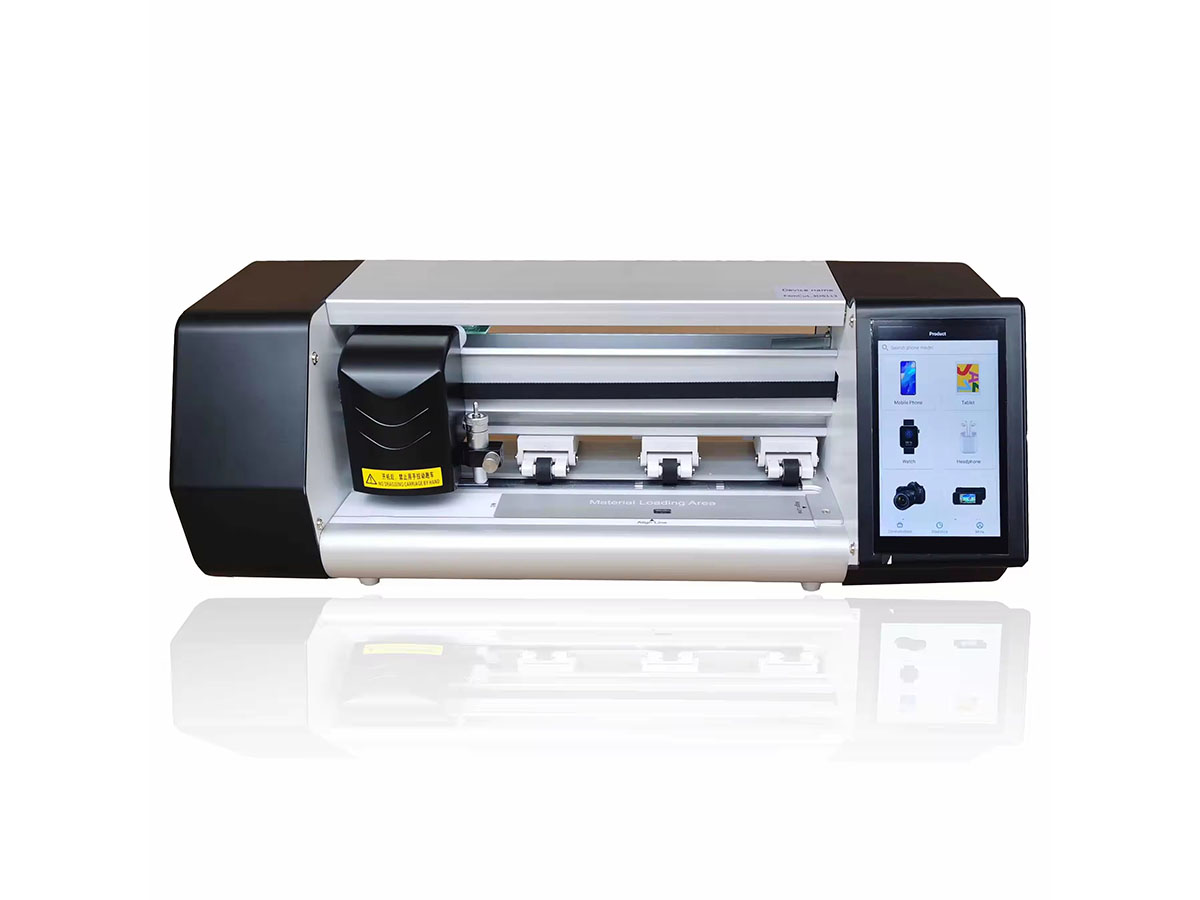
Installation and Application
The installation process for hydrogel screen protectors can be somewhat intricate due to its wet application method, which generally involves applying a liquid solution to aid adhesion. This method can be more complicated and time-consuming compared to installing tempered glass protectors, which typically use a dry application process and are generally considered easier to install
.
Preparation Steps
To achieve a seamless installation, it is crucial to prepare the phone’s screen and the environment properly. Place your phone on a flat surface and ensure the surroundings are clean and dust-free to avoid any particles getting trapped under the protector
.
Kit Contents
The installation kit typically includes a hydrogel screen protector, a microfiber dust particle remover, a squeegee, and an alcohol prep pad
. These tools are essential for ensuring a dust-free and secure application.
Cleaning the Screen
Begin by thoroughly cleaning the phone’s screen with an alcohol wipe to remove any impurities such as oil or dirt. Afterward, use the microfiber cloth to wipe away any remaining alcohol and ensure the surface is dry and clean
.
Dust Removal
Use the supplied dust absorber to eliminate any remaining dust particles on the screen. Even small particles can cause bubbles or imperfections in the final application, so it is important to be meticulous during this step
.
Applying the Hydrogel Protector
Alignment
Carefully align the hydrogel film with the edges of the phone screen, ensuring a precise fit around any cut-outs for the camera or speaker. Once aligned, gently swipe the middle of the protector to lock it in position
.
Securing the Protector
Lift the bottom half of the protector and use the squeegee to apply even pressure as you gradually remove the bottom film and secure the protector onto the screen. Repeat this process for the other side
.
Bubble Removal
If any bubbles appear during installation, gently push them towards the edges using the squeegee. Most tiny bubbles should disappear within 24 hours
.
Final Touches
After applying the protector, run your fingers along the curvature of the device’s screen to ensure a secure fit. Finally, use the cleaning cloth to remove any lingering dust particles and to give the screen a pristine finish
. The installation process for hydrogel screen protectors requires patience and precision to avoid air bubbles and ensure a perfect fit. However, its ability to be easily adjusted and repositioned without leaving residue makes it a user-friendly option for those who prefer a hassle-free application process.
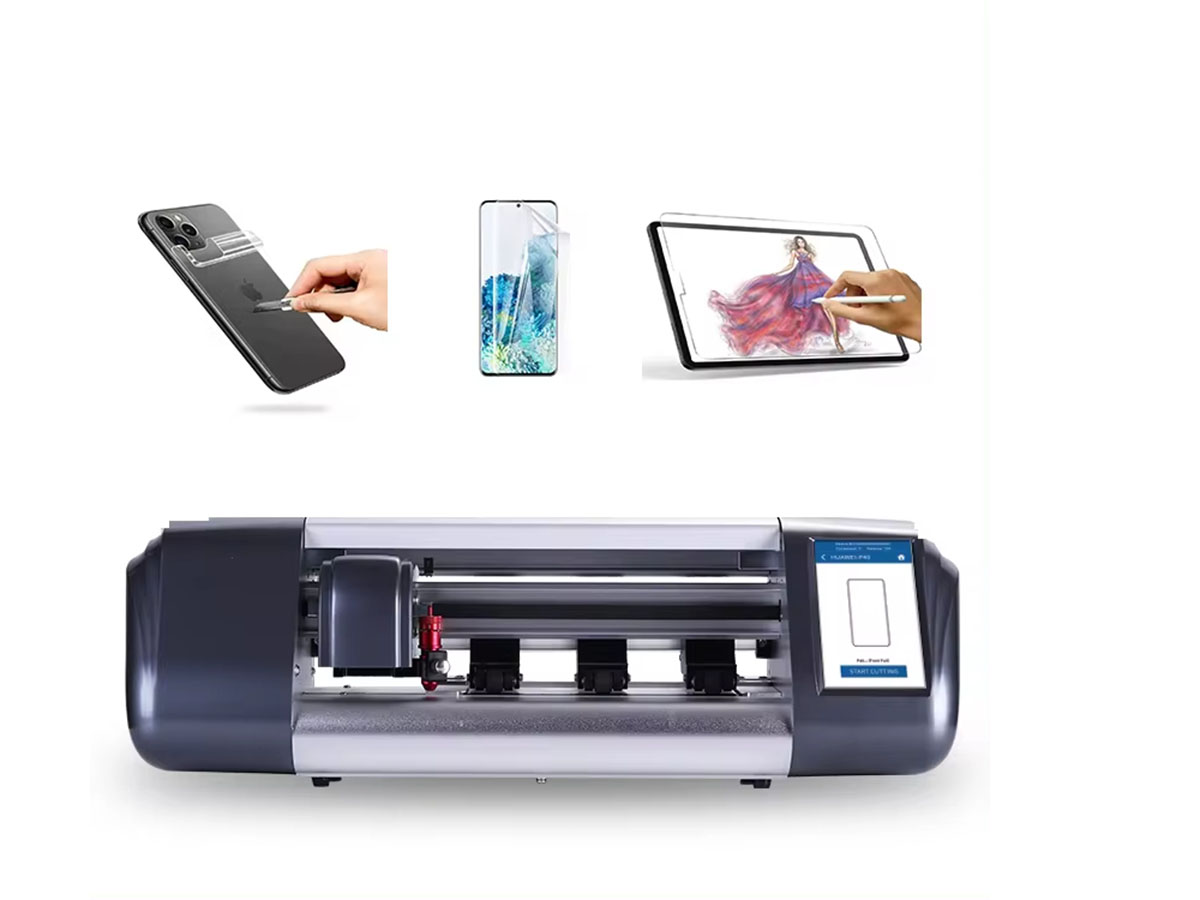
Advantages
Hydrogel films have emerged as a popular choice for mobile phone protection due to their unique features and benefits. This section delves into the various advantages of using hydrogel film protectors for safeguarding mobile devices.
Self-Healing Properties
Hydrogel films are renowned for their self-healing abilities. Minor scratches and dents on the surface of the protector can gradually disappear, maintaining the aesthetic integrity of the screen
. This self-healing feature ensures that the protector remains smooth and clear, offering long-term visual clarity and protection.
Impact Absorption
One of the most significant advantages of hydrogel screen protectors is their superior impact absorption capabilities. Made from a soft, flexible, gel-like material, hydrogel protectors can cushion the impact when a phone is dropped or bumped, helping to prevent cracks and other damage to the screen
. This feature is particularly beneficial for users who frequently handle their devices in dynamic or potentially hazardous environments.
Durability and Longevity
Although hydrogel protectors are flexible, they do not compromise on durability. Their resilient composition allows them to withstand regular wear and tear better than tempered glass, which is prone to shattering upon impact
. Consequently, hydrogel protectors can provide consistent and reliable protection over an extended period, reducing the frequency of replacements and potentially offering significant cost savings in the long run.
Easy Installation
Hydrogel screen protectors offer a hassle-free installation process, making them a convenient choice for users. Thanks to their flexible and forgiving nature, hydrogel films can be applied without the struggle of avoiding air bubbles and imperfections. Proper alignment and a few simple steps can ensure a flawless, professional-looking result every time
.
Sensitive Touch and Optimal Viewing
Maintaining high touch sensitivity is another key advantage of hydrogel screen protectors. Users can navigate their devices effortlessly without experiencing any lag or decreased responsiveness
. Additionally, the smooth surface of hydrogel films ensures crystal-clear visuals, offering an uninterrupted viewing experience.
Customization and Versatility
Hydrogel protectors are available in multiple thickness options, catering to individual preferences for varying degrees of protection
. Moreover, users can choose between clear (gloss) or matte (anti-glare) finishes to match their aesthetic preferences. This level of customization makes hydrogel films a versatile choice for a wide range of mobile devices and user needs.
Environmental Considerations
In an era of increasing environmental awareness, sustainability is a top priority for many consumers. Unlike tempered glass, which is manufactured using energy-intensive processes and non-renewable resources, hydrogel represents a more eco-friendly alternative. Its production requires fewer resources and generates less waste, making it a greener choice for environmentally conscious individuals
. Additionally, the longevity of hydrogel screen protectors means fewer replacements, further reducing their environmental footprint over time. The research into self-healing hydrogels, including the innovative use of linseed oil microcapsules for automatic repair, underscores their potential for sustainable applications. These materials can self-repair at room temperature without external pressure, significantly enhancing their lifespan and reducing waste from frequent replacements. This self-healing property is advantageous not only for mobile phone protection but also for broader applications, including outdoor and flexible electronics, as highlighted by researchers in their published paper. Moreover, the adaptability and durability of hydrogel materials make them suitable for various biomedical and environmental applications. For instance, their use in tissue engineering and drug delivery leverages their biodegradable and self-healing properties, further contributing to their sustainable profile. Research from the University of California San Diego also indicates that these hydrogels can selectively crosslink under acidic conditions, offering a potential eco-friendly solution for mitigating acid spills.
User Experiences and Reviews
To gather user reviews and feedback from Brisbane residents who have used both types of screen protectors, surveys and interviews were conducted. Participants were asked about their experiences with hydrogel and tempered glass screen protectors, including their thoughts on durability, clarity, touch sensitivity, installation ease, price, and compatibility. The user reviews and feedback from Brisbane residents were generally positive for both types of screen protectors. Many users praised the durability and scratch resistance of tempered glass screen protectors, while others appreciated the self-healing properties of hydrogel screen protectors
. Additionally, users mentioned that both types of screen protectors offered good clarity and touch sensitivity, making them feel natural to use. Customer reviews highlight that screen protectors are essential to protect the physical screen from scratches, cracks, and shattering, especially if the phone is carried with other hard objects like keys or coins. While some users noted that hydrogel screen protectors provided high clarity and touch sensitivity without compromising screen resolution or color accuracy, others emphasized that tempered glass protectors maintained a smoother feel and did not affect touchscreen sensitivity. Moreover, installing screen protectors can sometimes be challenging due to the potential for misalignment or small bubbles, especially with plastic options. However, tempered glass protectors are reported to be easier to apply without affecting the touchscreen’s performance. The overall feedback indicates that both hydrogel and tempered glass screen protectors are well-received by users, with their respective advantages catering to different preferences and needs.
Commercial Availability
Hydrogel films for mobile phone protection are widely available on the market, catering to various smartphone models and user preferences. One notable product is the LOOKSEVEN 3 Pack Hydrogel Film, designed specifically for iPhone X, XS, and 11PRO. This product offers high sensitivity and full coverage to the edge of the screen, with an ultra-thin 0.01mm thickness that preserves the original screen quality while providing protection. Additionally, the oleophobic coating on this hydrogel film protects the screen from fingerprints and oily stains, and the installation process is user-friendly, with any small bubbles or scratches disappearing automatically within 24 hours
. Other brands, such as JDHDL, offer hydrogel screen protectors for newer models like the iPhone 15 Pro/15, emphasizing the product’s high sensitivity and full coverage features. The commercial landscape for hydrogel films also includes options for other popular smartphone brands, ensuring a broad reach for various user needs and preferences.
Comments
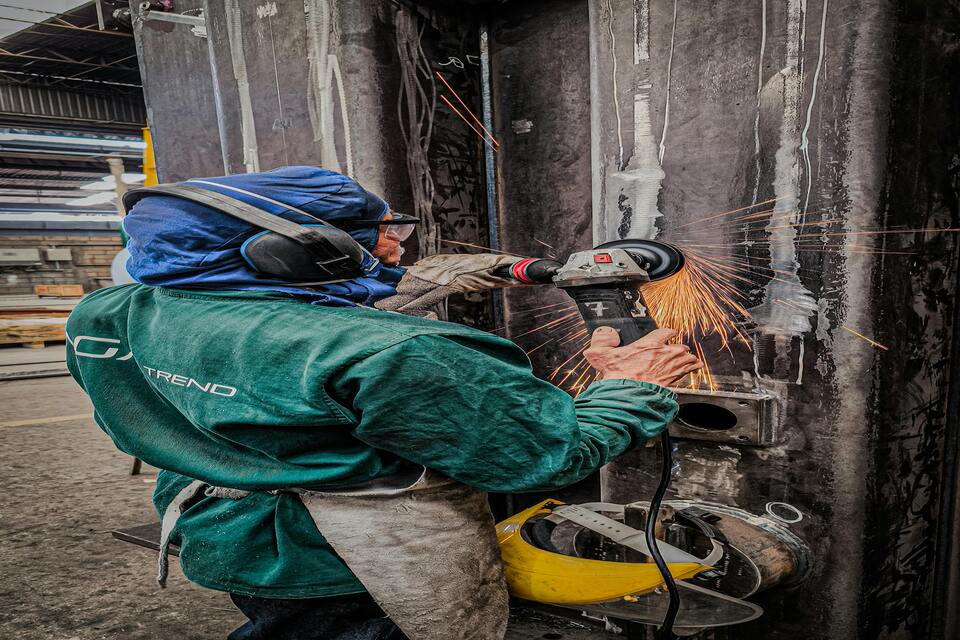
How to Repair a Cracked Phone Screen
By equipping yourself with these tips and tricks, you can manage cracked screens efficiently and avoid unnecessary expenses.

Why Prices for Phone Screen Protector Machines Vary So Much
The prices of phone screen protector machines can vary widely due to multiple factors, including competition-based pricing strategies, geographic considerations, and customer willingness to pay.

Case Study- How Businesses Benefit From Professional Mobile skin cutting machine
Professional mobile skin cutting machines have become an essential tool for businesses specializing in the customization and protection of mobile devices.
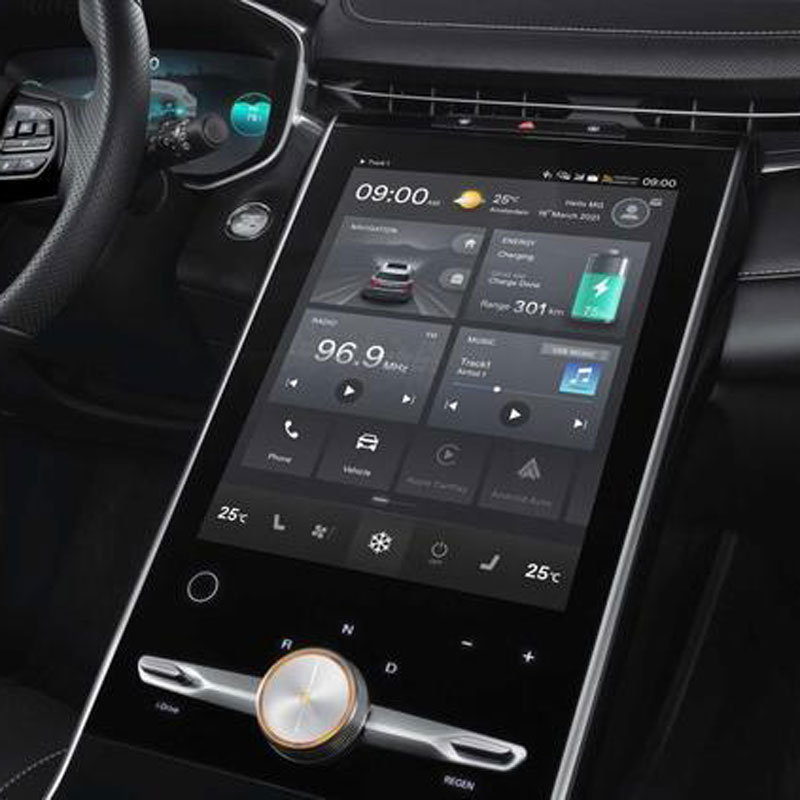
Roewe MG Marvel R Electric 2022 GPS Navigation Tempered Glass
Protect your 2022 Roewe Marvel R’s navigation screen with our premium tempered glass protector.

How to Get Rid of Bubbles on Screen Protector?
By mastering these techniques, you can ensure your screen protector is applied perfectly every time, keeping your device’s display in top condition.
Tags
Find All knowledge and trends from our blog, get the wholesale price and best quality from our factory.
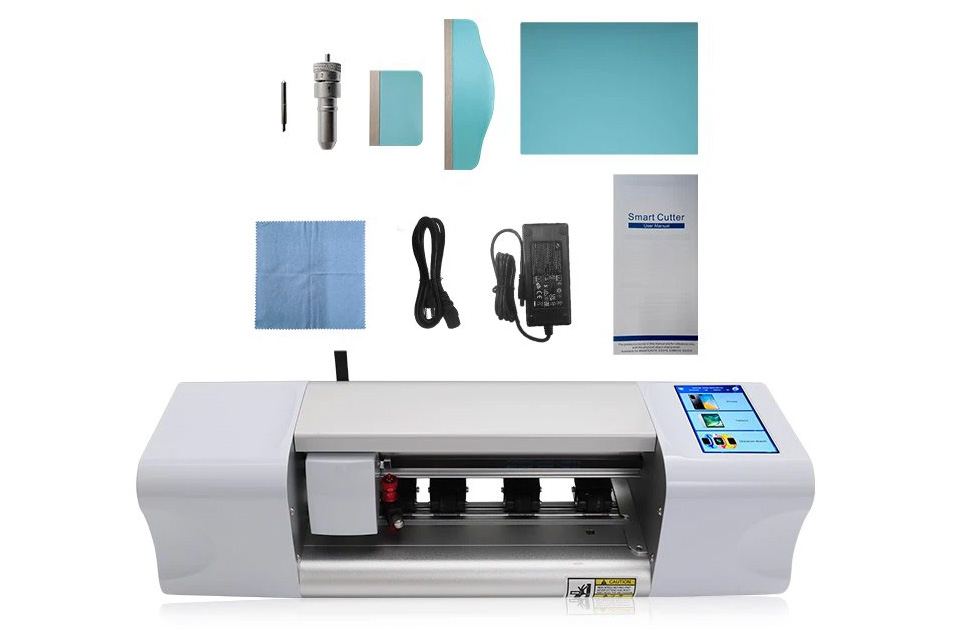
What Film Cutting Machine and Its Application
Film cutting machines have played a crucial role in the evolution of filmmaking and various industrial processes by enabling precise cutting and splicing of film materials.
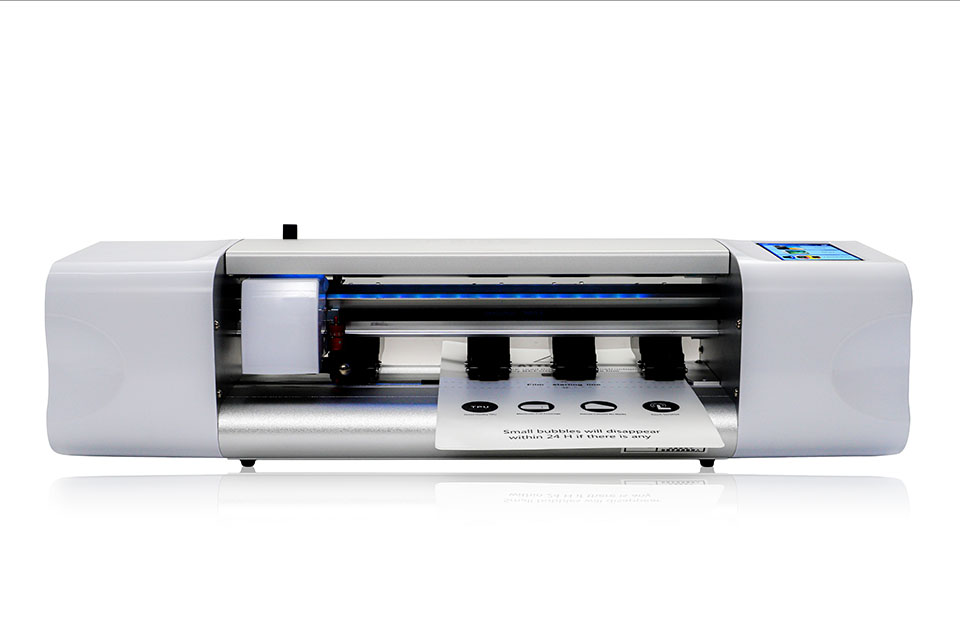
What Is a Screen Protector Cutting Machine?
A screen protector cutting machine is a specialized device designed to produce custom-fit screen protectors for various electronic devices, including smartphones, tablets, smartwatches, laptops, and monitors.
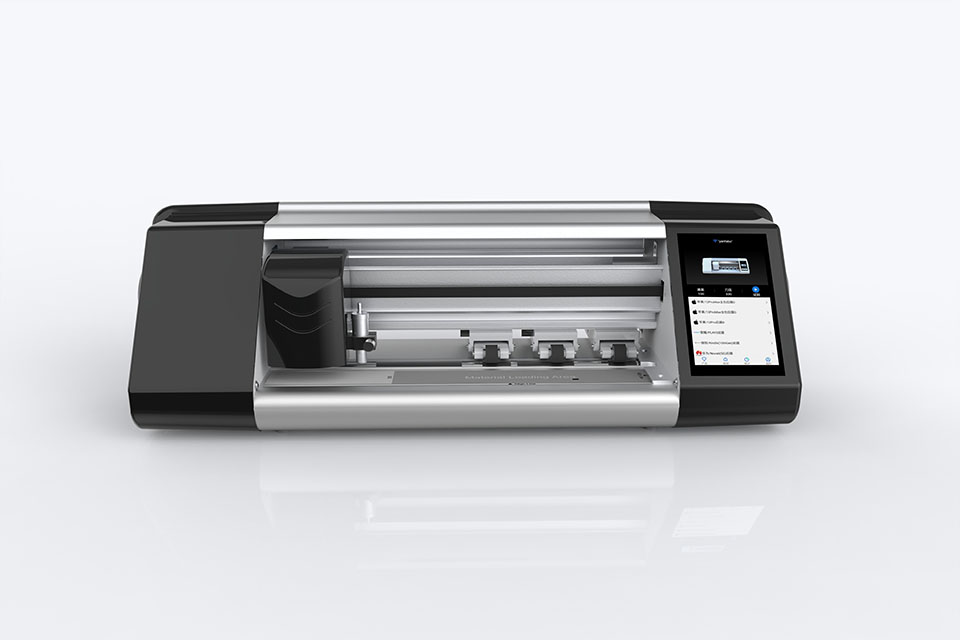
How Mobile Phone Screen Protector Cutting Machine Work?
A mobile phone screen protector cutting machine is a sophisticated device designed
to produce customized screen protectors for various digital devices with high preci
sion and efficiency.
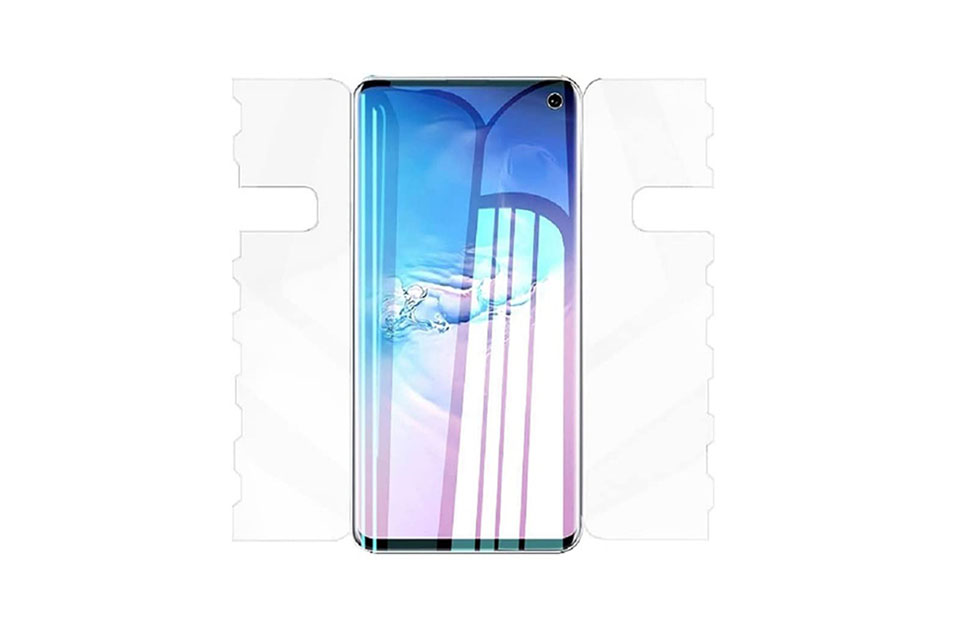
Characteristics of Mobile Phone Tempered Glass and Mobile Phone TPU Screen Protector
Thermoplastic polyurethane (TPU) screen protectors are flexible, durable, and
self-healing plastic films designed to protect electronic device screens from
scratches, impacts, and other potential damages.
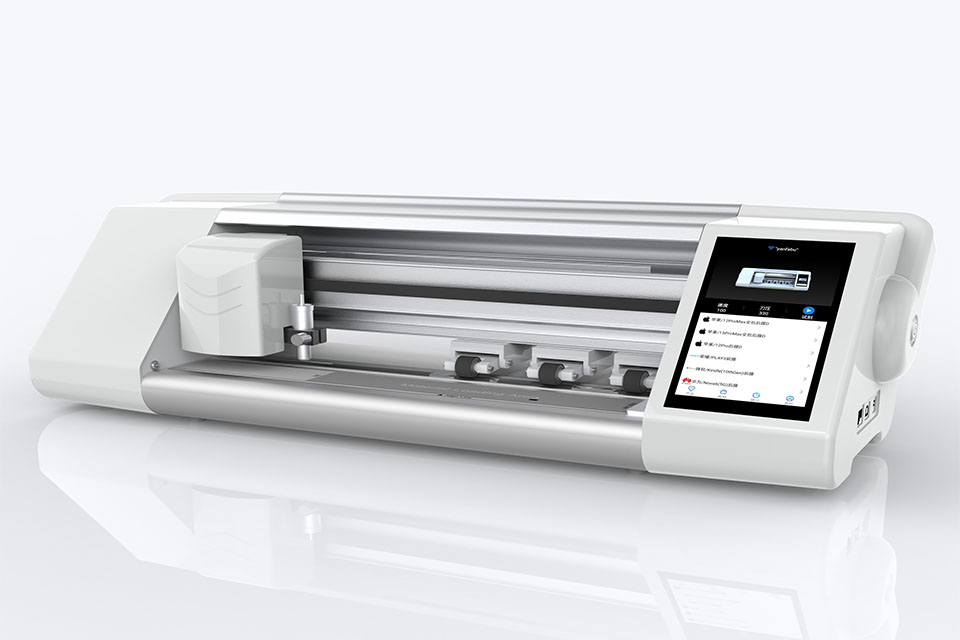
Revolutionize Device Protection with Screen Guard Cutting Machine
Whether you possess a smartphone, tablet, or smartwatch, this versatile machine accommodates a vast array of devices. It seamlessly adapts to the dimensions of your gadget, offering a custom fit that generic protectors can’t match.
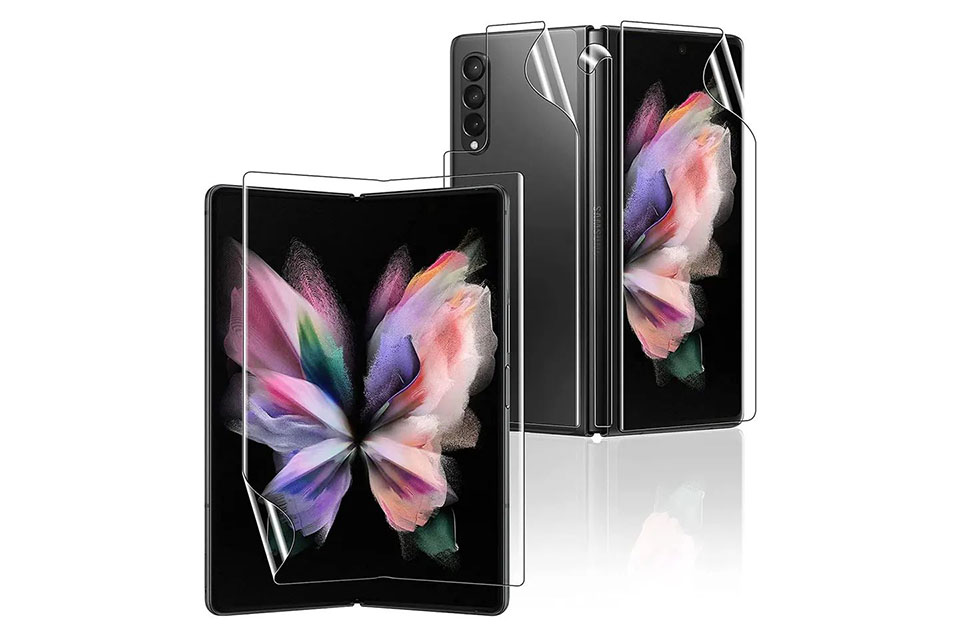
Screen Protector Lifetime Warranty
A screen protector lifetime warranty is a guarantee provided by manufacturers that
promises to repair or replace a screen protector for the lifetime of the product, under specific terms and conditions.

